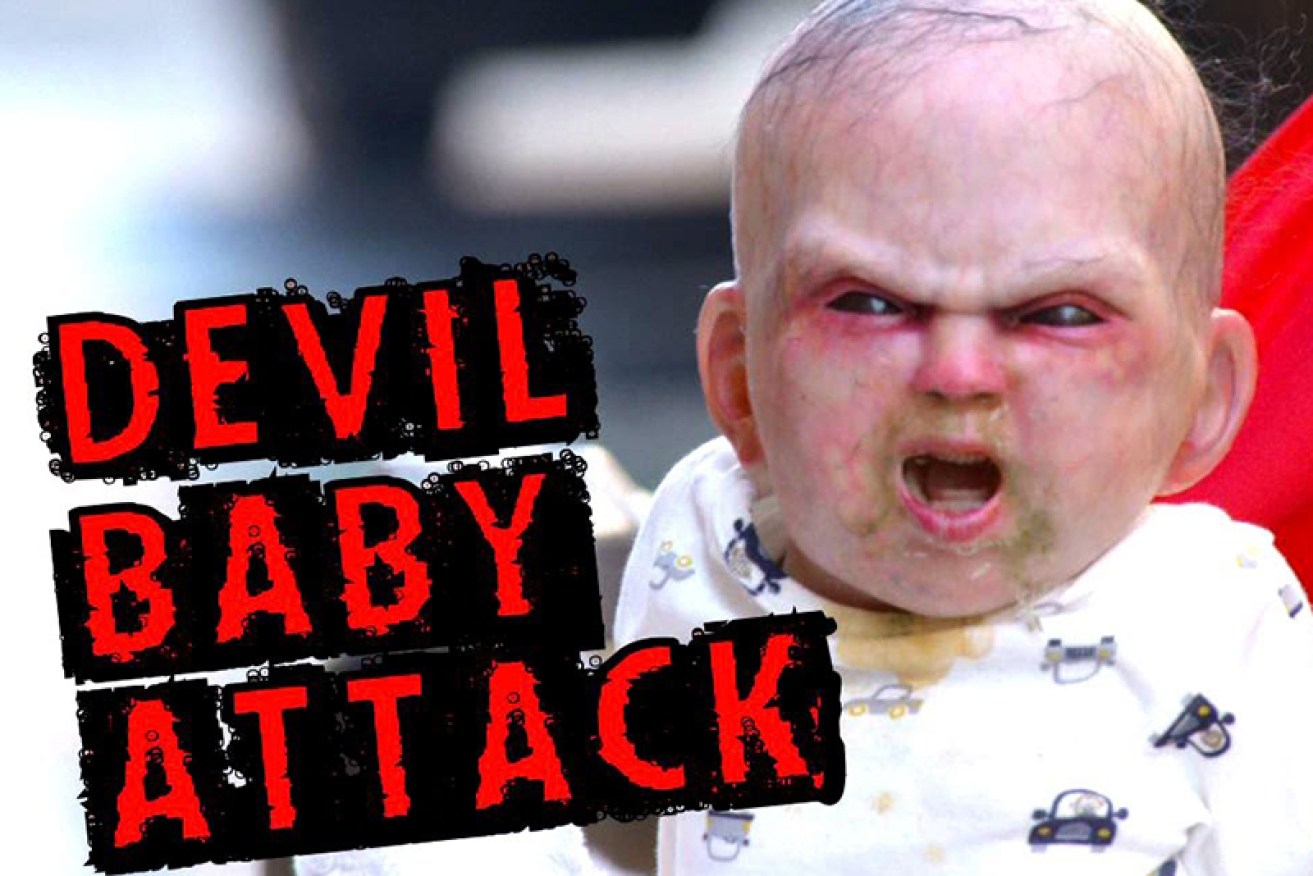Best (and worst) ways people sell you stuff


Youtube
A recent marketing hoax threatening to reveal naked photos of actress Emma Watson has thrown the spotlight on the unconventional marketing techniques used to sell products or ideas.
Social media marketing enterprise Rantic this week claimed responsibility for a website threatening to release photos of the young actress, which turned out to be part of a campaign for internet censorship.
• Emma Watson nude threat an elaborate hoax
• Why Twitter is the world’s next creative hub
Slate magazine called the stunt “tone deaf”, while Twitter users said it could prevent threats against women from being taken seriously in the future.
But will the stunt work?
“Threats still cause harm and still have a chilling effect,” an article on Vox.com proclaimed.
“The site reminded every woman that this is something that could be done to them by hackers, if the hackers so chose.”
The Conscience Organisation’s general manager John Holloway says companies tread a fine line when using unconventional marketing methods to sell their message.
“You’ve gotten to the point now where one simple action, whether a stunt or a viral production, can kill a brand overnight. It’s a massive opportunity but it’s also a massive risk,” Mr Holloway says.
The New Daily takes a look at some of the whacky ways advertisers try to get our attention.
Video pranks
Hilarious or scary mini-movies with a clever premise share well on social media and give a brand added street cred, but they come at a cost.
“The real danger for most brands is that no one sees it because they’re really expensive to do,” Mr Holloway says.
Successful video pranks include a recent promotional campaign for the movie Carrie, in which a young woman pretended to be telekinetic in a local café, terrifying customers and earning more than 58 million Youtube views.
A promotional video prank for television series The Walking Dead saw actors pose as zombies in the drains of New York city, scaring passers-by.
Similarly, advertisers for the horror film Devil’s Due set a fake devil baby loose on unsuspecting pedestrians, pulling more than 47 million Youtube viewers.
Finally, LG Electronics promoted their high-quality television screens by using them as a fake windows to convince people they were witnessing a meteor blast.
Interactive
Other advertisers choose to include their potential customers in the fun by creating unique, interesting and rewarding interactive advertising experiences.
American television series Mad Men invited fans to “retro-ify” themselves in their “Mad Men Yourself” game.
Less successfully, Vegemite enlisted consumers when choosing a name for their ill-fated new product in 2009, announcing the winning moniker (iSnack 2.0) during the AFL grand final.
Inspirational
While shock and humor is undoubtedly effective, aligning a brand with positive, uplifting emotions can also have a huge impact.
“We’re highly emotional people, it’s quite easy to play to that,” Mr Holloway says.
This was the approach taken by skincare company Dove, which came up with a series of short films to change the way women see beauty:
Creative
According to Mr Holloway, true innovation comes from the combination of “a great client and a brave agency”.
This occurred with the creation of “Dumb Ways to Die”, a Victorian Metro Trains public service announcement that paired catchy lyrics with cute, clever cartoons and a touch of black humour.
The campaign won awards around the world and the catchy ditty entered the iTunes charts.
Similarly, Volkswagon’s epic video advertisement featuring Belgian action star Jean-Claude Van Damme was a huge hit, making up for its massive budget.
Subtle
Less overt, there are several subliminal varieties of marketing, like product placement in music videos or films.
American lip balm company Eos is famous for placing its products in the music videos of pop stars like Miley Cyrus and Hilary Duff.
Similarly, fashion brands often provide products to style bloggers who will then review the item for their followers to see.
“It’s a hyper-targeted influencer based approach, which targets a person who knows a lot about something and feeds a story to them to get it out over their channel,” Mr Holloway says.
No feat is too small for a company to try.
“In Sydney now they’re using pressure washers to clean brand names into the dirty streets,” Mr Holloway says.
“We are seeing some really awesome things.”










